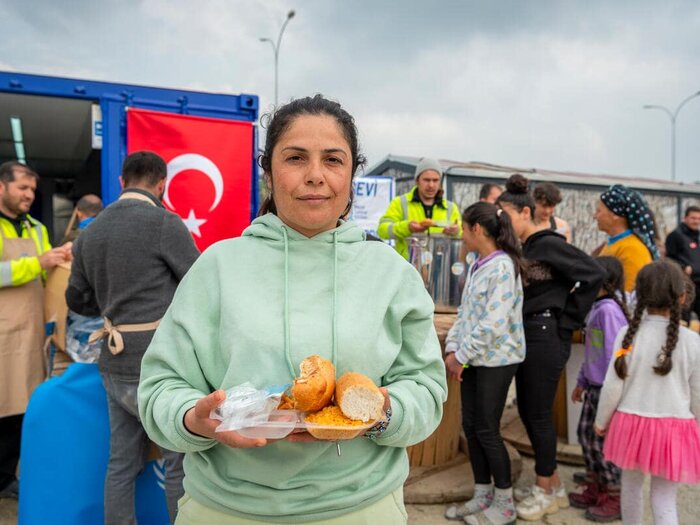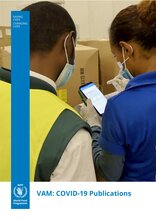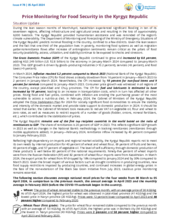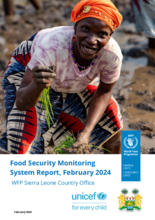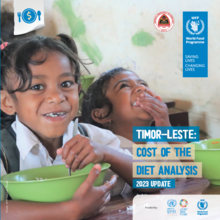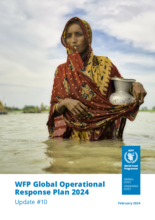WFP works closely with national governments, UN partners and NGOs to inform the policies and programmes adopted to fight hunger in different circumstances. Economic,geospatial and household vulnerability data is analysed to provide a picture of the food security situation on which to base the design of WFP’s operations.
WFP’s food security analysts do a wide range of face-to-face assessments, including 'baseline' assessments (also known as Comprehensive Food Security and Vulnerability Analyses, or CFSVA) and emergency food security assessments (EFSA) in rapid and slow-onset emergencies such as hurricanes, floods, droughts and conflict situations. EFSA reports provide a snapshot of the food security situation and are updated on a regular basis.
Because food security assessments take time, they are complemented by ongoing monitoring to track changes in people’s food security situations, allowing for programmatic fine tuning. This includes gathering information on food consumption, household incomes, strategies to cope at difficult times and prices to identify how seasonality affects food security.
To collect food security data from places that are too remote or dangerous for face-to-face assessments, or when high-frequency data is needed to monitor an evolving situation, WFP resorts to mobile Vulnerability Analysis and Mapping, or mVAM. This approach uses mobile technology such as SMS, Interactive Voice Response (IVR) or live calls to reach vulnerable populations and track food security trends in real-time. mVAM also uses an automated two-way communication system which gives people access to the latest information for free.
WFP also conducts food security assessments jointly with partners, such as governments, the Food and Agriculture Organization of the United Nations (FAO), the United Nations refugee agency (UNHCR), UNICEF, and international and national NGOs. One important platform where our food security data is used is the Integrated Phase Classification (IPC), a global multi-agency and multi-sectoral initiative that builds on technical consensus among partners.

